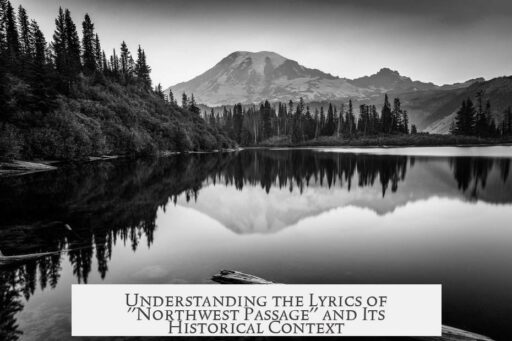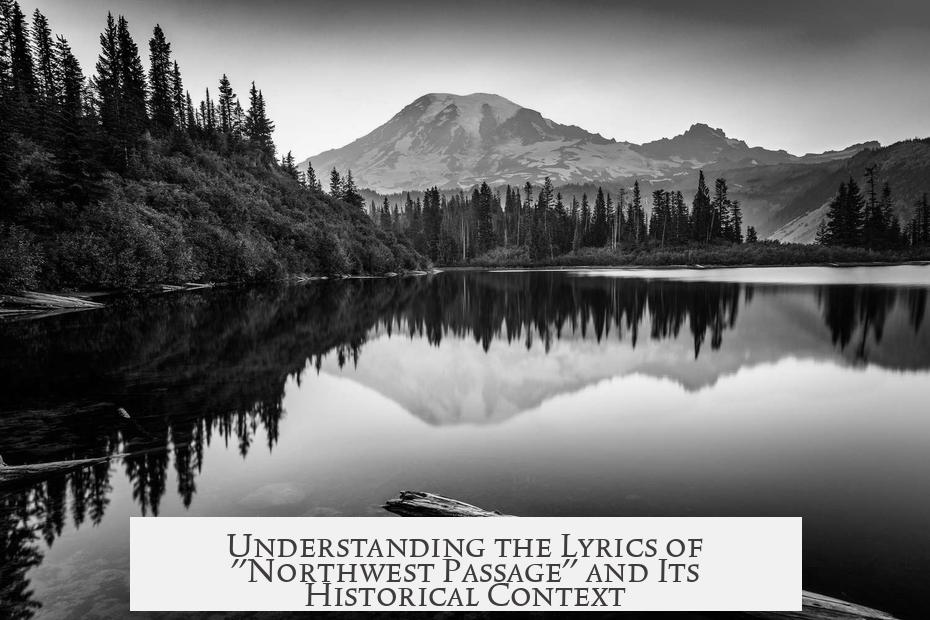The song “Northwest Passage” reflects on the historical allure and tragic legacy of the elusive sea route connecting the Atlantic and Pacific Oceans through the Arctic. It uses the metaphor of exploration to evoke themes of adventure, discovery, and the enduring human spirit, while referencing key Canadian explorers and the lost expedition of Sir John Franklin.
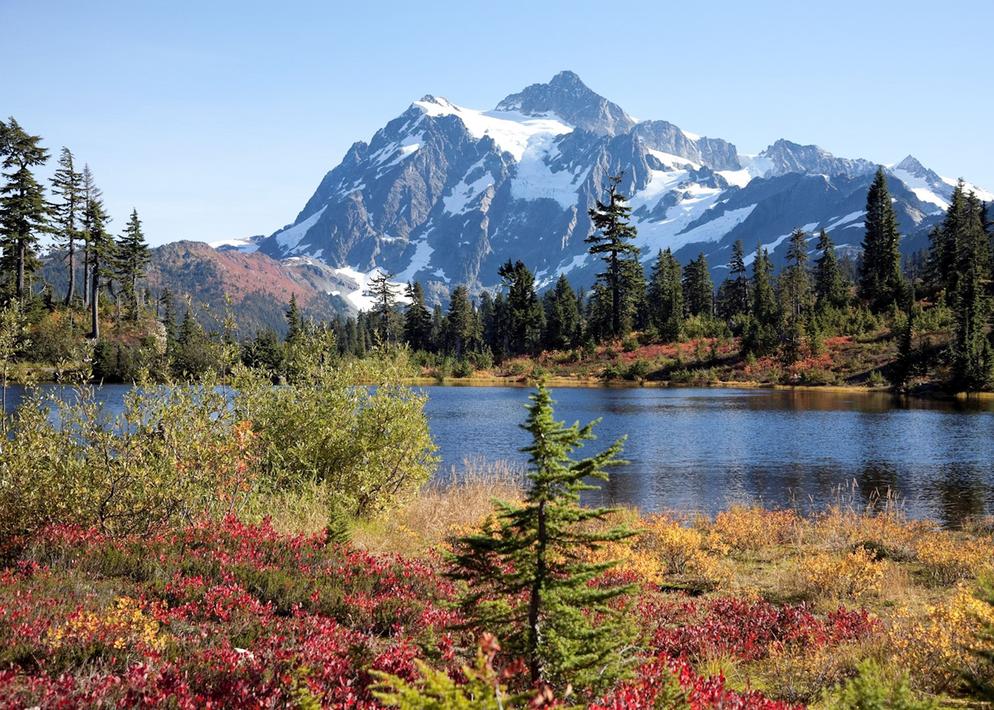
The Northwest Passage was a much-sought route along North America’s northern shores. European explorers believed it could prove a valuable trade path. Sir John Franklin’s 1845 expedition famously endeavored to navigate this route. The ships HMS Erebus and HMS Terror became trapped in ice near Baffin Bay and were abandoned in 1848. Franklin died early in the ordeal, while his second-in-command, Francis Crozier, led the survivors in the harsh Arctic environment for several years. Their fate remained a mystery until recent discoveries of their wrecks and remains.
The song evokes this history, using Franklin’s journey as a symbol of bravery and tragedy. However, it has received some critique for elevating Franklin as the expedition’s sole hero, when Crozier’s leadership was vital in their survival efforts long after Franklin’s death. Crozier even formed ties with Inuit communities, earning a local name. The true story is more complex and illustrates endurance more than simple heroism.
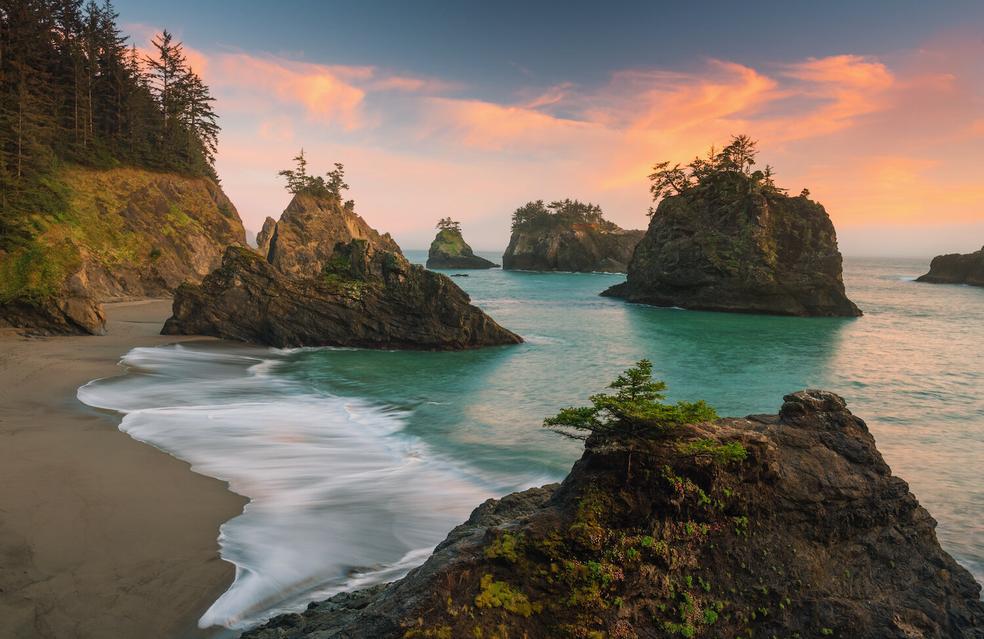
Besides Franklin, the song mentions other notable explorers: Henry Kelsey, Alexander MacKenzie, and Simon Fraser. These explorers symbolize Canadian exploration history and the vastness of the land.
- Henry Kelsey journeyed into Saskatchewan, becoming one of the first Europeans in the region.
- Alexander MacKenzie was the first European to cross North America from east to west, with landmarks like MacKenzie River named after him.
- Simon Fraser explored and mapped modern British Columbia; the Fraser River and other landmarks bear his name.
The song’s references are both lyrical and symbolic: it acknowledges these explorers while marking the singer’s (or narrator’s) personal late arrival to Canada’s exploration narrative. This layering adds depth to the song by connecting individual journeys across centuries.
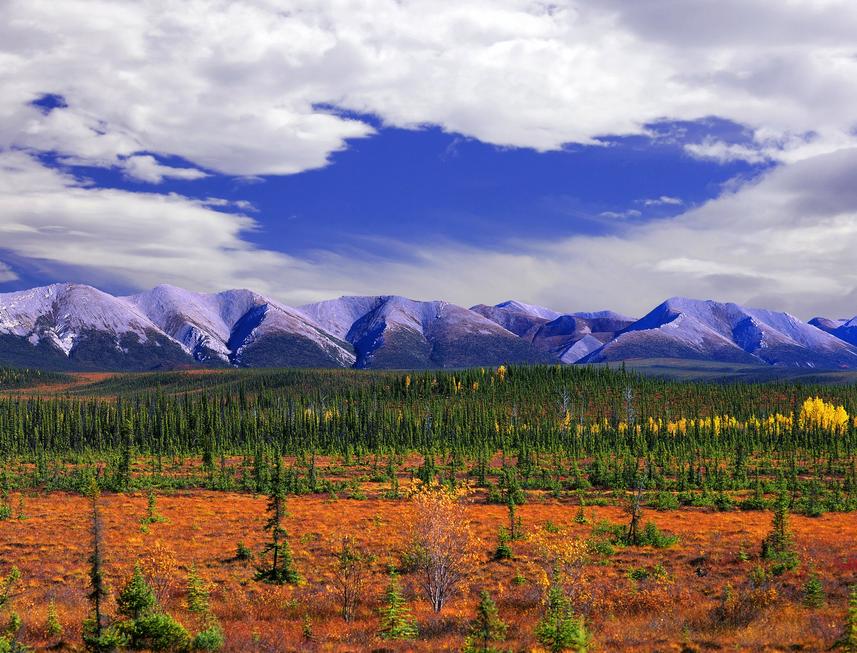
Franklin’s expedition has inspired extensive cultural output. The intensive mystery surrounding its fate sparked plays like Wilkie Collins’s The Frozen Deep, fiction novels, music, paintings, and TV shows such as The Terror. Rumors that crew members resorted to cannibalism reflect the extreme hardship faced.
The song taps into this mythology to create a somber, reflective tone, wrestling with themes of ambition, loss, and the unforgiving Arctic. Yet, historical records and more recent findings provide clearer, nuanced views. Franklin’s crew suffered terrible conditions after being trapped in ice in 1846. They left notes at Victory Point before abandoning their ships, but the entire party perished. Crozier’s leadership was crucial during those final years. The recent archaeological finds in 2014 and 2016 renewed interest and confirmed much of the expedition’s tragic story.
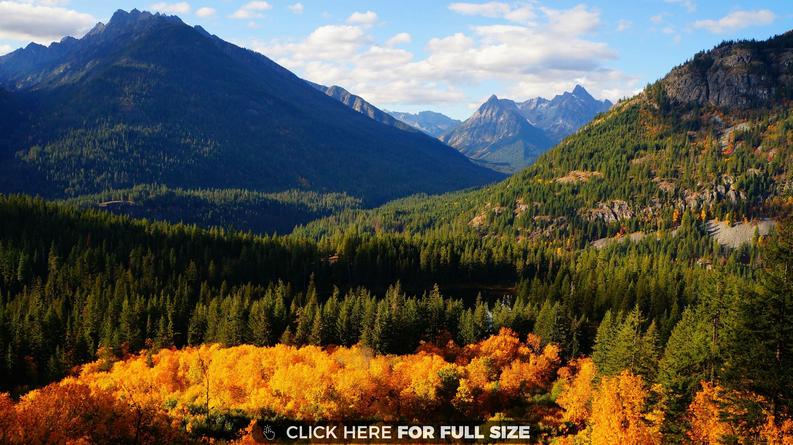
For further insight, readers can consult detailed biographies of these explorers from the Dictionary of Canadian Biography and examine primary sources. These include Franklin’s government reports, Mackenzie’s journals, Kelsey’s writings, and Fraser’s letters and journals.

The layered references in the song express a melancholy fascination with exploration’s costs and the human quest to conquer nature’s extremes. It uses historical figures to evoke a uniquely Canadian narrative of perseverance, discovery, and loss.
| Explorer | Contribution | Legacy |
|---|---|---|
| Sir John Franklin | Led ill-fated 1845 Northwest Passage expedition | Inspiration for many cultural works; tragic hero |
| Francis Crozier | Second-in-command, led survival efforts after Franklin’s death | Known for leadership, Inuit relations |
| Henry Kelsey | First European explorer in Saskatchewan region | Commemorated in Canadian history |
| Alexander MacKenzie | First European to cross North America east-west | Named rivers, mountains, legacy in education |
| Simon Fraser | Mapped British Columbia; explored Fraser River | Fraser River and landmarks bear his name |
Key takeaways:
- The song uses the Northwest Passage metaphor and real explorers to symbolize Canada’s exploration history.
- It centers on Franklin’s expedition, evoking themes of adventure and tragedy.
- Crozier’s critical leadership is often overshadowed in the song’s portrayal.
- Henry Kelsey, Alexander MacKenzie, and Simon Fraser anchor the song in broader Canadian exploration.
- The expedition’s mystery fuels many artistic and cultural works.
- Recent historical discoveries have clarified many details of the Franklin expedition’s fate.
Can You Help Me Understand the Lyrics to the Song “Northwest Passage”?
At its heart, the song “Northwest Passage” reflects the spirit of exploration and the rugged quest to find that elusive Arctic route connecting the Atlantic and Pacific. It’s about discovery, hardship, and the human will—wrapped in the stories of Canada’s most famous explorers.
But to really get it—like peeling back layers of ice—you need to zoom out and dig into history, the people behind the names, and why the song’s portrayal might not be the full story. So, ready for a journey through cold seas and bold footsteps? Let’s dive in.
The Story Behind the Northwest Passage
The Northwest Passage is what dreamers and sailors chased for centuries: a sea route through the Arctic Ocean that would shortcut trade between Europe and Asia. Imagine the excitement of finding a shortcut across the top of North America instead of circumnavigating South America. Safe to say, it’s the ultimate “shortcut” that challenged explorers for generations.
Sir John Franklin is the name you’ll hear most often linked to this. He led several expeditions trying to crack the code of this icy labyrinth. His final journey in 1845 set sail with two ships, HMS Terror and HMS Erebus, from which they vanished into the fog and ice, leaving behind a mystery that haunted explorers and historians for over 150 years.
Franklin’s crew faced brutal conditions—trapped in ice, stranded during freezing winters, and ultimately abandoning their vessels. Some evidence, like notes at Victory Point, helped piece their fate together. Franklin died early in June 1847, but leadership passed to Francis Crozier, who heroically led survivors for years, even connecting with Inuit tribes. The actual shipwrecks were only discovered in the 2010s—bringing fresh clues to an old puzzle.
Who Are These Explorers Singing Their Stories?
The song cleverly name-drops several explorers whose journeys span across Canada’s shaping:
- Henry Kelsey: Not related to the Northwest Passage but famed as the first European explorer of Saskatchewan’s plains.
- Sir Alexander MacKenzie: The trailblazer who crossed North America—from east to west—before any maps could fully catch up.
- Simon Fraser: Known for exploring British Columbia’s rivers; his name flows right into the song where it mentions “racing the roaring Fraser.”
Why include these guys? Partly because their names fit the rhythm and rhyme of the song, but they also symbolize Canada’s wild, untamed heritage. It’s a homage to courage, persistence, and the shaping of a nation’s landscape. Inventive nods to geographical features remind listeners of their legacy that runs through rivers, mountains, universities, and towns.
Not All Heroes Wear Capes—Or Command Ships
Here’s where the song gets a little tricky. It paints John Franklin as the heroic centerpiece of the northern saga. But real history gives Francis Crozier the spotlight for leadership after the expedition turned tragic. Franklin died early when things spun south, but Crozier kept the crew moving and survived years of harsh Arctic survival.
He even earned a local Inuit name, Aglooka, showing the respect built with native allies. His true fate remains unknown—either perishing in the frozen wastes or assimilating with Inuit groups—a heroic figure often overshadowed in art and media. So if you want the gritty truth, give Crozier some credit beyond the lyrics.
Why Does This Matter When Interpreting the Song?
“Northwest Passage” is almost a poetic travelogue and cultural reflection wrapped in song. But understanding its historical context reveals layers that you might miss:
- Who was really leading?
- What dangers unfolded in frozen silence?
- How exploration journeys fragmented and intertwined?
Knowing these details deepens the listening experience. Instead of just a romantic adventure story, you appreciate the human cost, the complex legacies, and the mix of myth and fact.
Want to Dig Even Deeper?
Luckily, there’s a treasure trove of biographies and primary sources for those curious about these explorers’ lives and their Arctic adventures:
- Sir John Franklin Biography
- Henry Kelsey Biography
- Sir Alexander MacKenzie Biography
- Simon Fraser Biography
For deeper reading, check out:
- The Journals of Alexander Mackenzie (1789 & 1793)
- Papers relative to the recent Arctic expeditions in search of Sir John Franklin (1854)
- Henry Kelsey’s Journal
- The Letters and Journals of Simon Fraser, 1806–1808
The Cultural Ripple Effect of Franklin’s Story
The mystery of Franklin’s lost expedition sparked rumors of cannibalism and survival horror, making it a dark legend in Canadian folklore. It inspired plays like Wilkie Collins’ The Frozen Deep, recent TV dramas like The Terror, novels, paintings, and music. The fascination continues to raise questions about human endurance and ambition.
So when you listen to “Northwest Passage,” you’re really tapping into a rich vein of history, myth, and cultural memory—a patchwork of bravery, hardship, and the endless lure of the unknown.
Wrapping It Up: What Can We Learn?
The song is more than a melody. It’s a journey through Canada’s wild past. It pays tribute to explorers who pushed boundaries across uncharted lands and seas. But it also simplifies complex histories—fairy tales carved into ice. Remember Crozier’s heroism. Think how geography shaped people, and people shaped legends.
Next time you hear the words, ask: Who’s really at the helm? What stories are left untold? And why do we still chase these frozen paths centuries later?
Understanding the lyrics means peeling back history’s layers. And in doing so, you uncover a gripping saga that’s as vast and wild as the northern wilderness itself.
